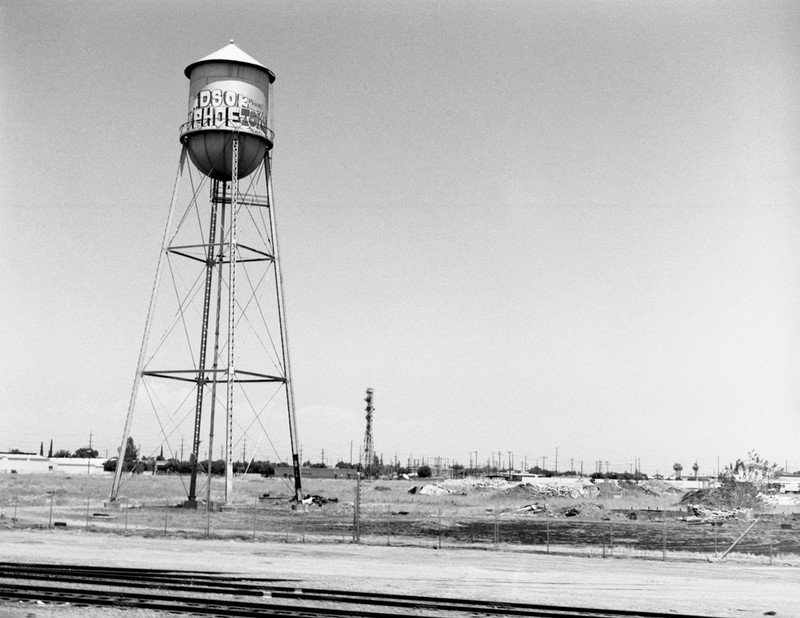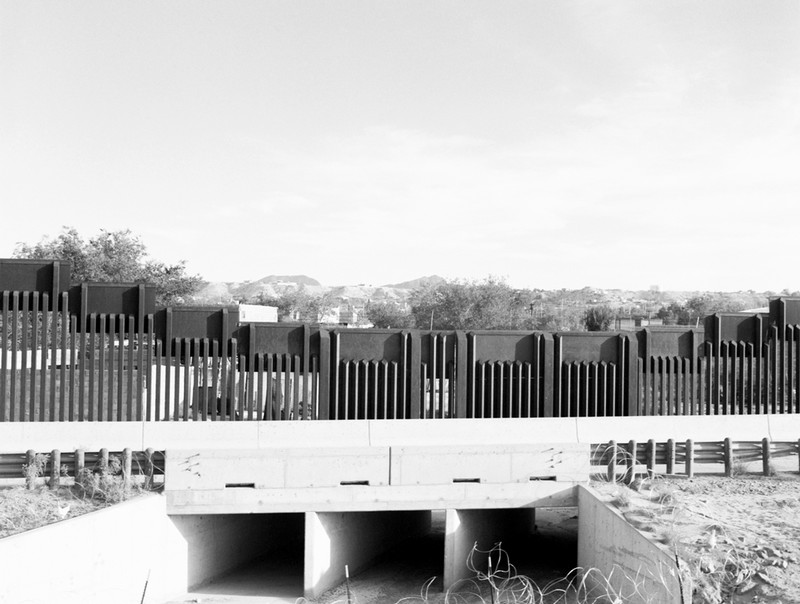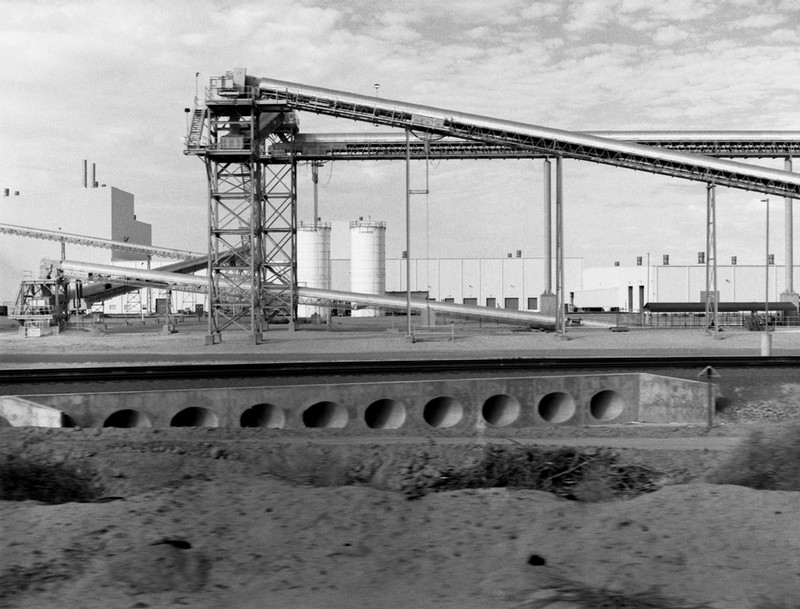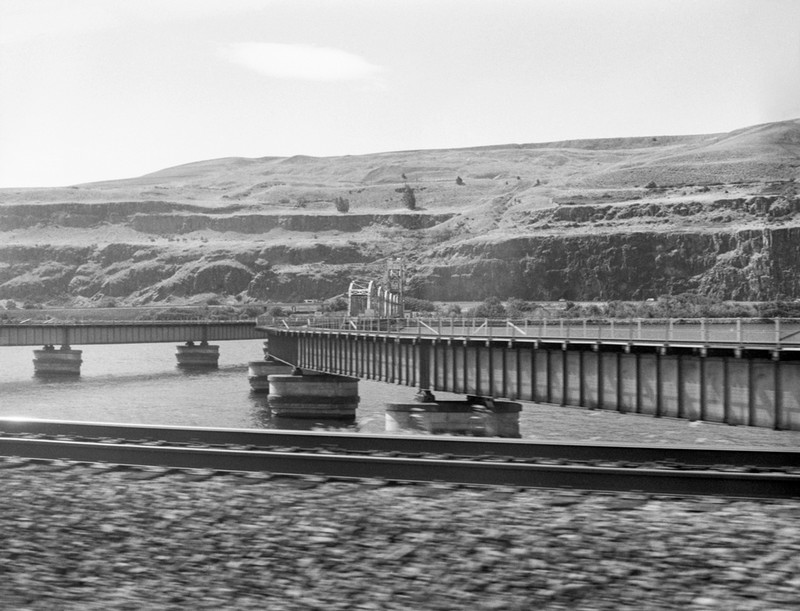America from a Train Window
By Tom Porter“In all, I was probably lugging about seventy pounds of stuff with me across the country,” said rising senior Daniel Hennelly. The last time he had to hoof that much kit around, he reckoned, was probably in the Marine Corps, in another life.

“I had two cameras, a tripod, extra lenses, and eighty rolls of 120mm and 35mm film in a duffel bag, as well as a backpack full of personal gear,” he said, recalling his transcontinental odyssey.
Hennelly is not your typical Polar Bear (if there is such a thing). One of a handful of student veterans on campus, he came to Bowdoin in his thirties with eight years in the US Marine Corps under his belt, as well as experience working as a TV production assistant, a technology consultant, and a bike tour operator, among other things.
“I’m fairly nomadic,” said Hennelly, who is originally from the Pacific Northwest but has spent time living in places across the US as well as in South America and Japan (both in the service and as a civilian). “I love being in Maine, but by the time I graduate, the time I have spent in Brunswick Apartments will be the longest I have lived in one dwelling since I was a child.”
His wanderlust, combined with a recently discovered passion for photography, make Hennelly ideal for this summer project. “I decided to major in visual arts after taking Mike Kolster’s Photo 1 class in the spring of my sophomore year and absolutely loving it. Part of it is because, if I take a picture on my phone, I'll take a million photos and not put a lot of care or thought into them. But working with film requires a lot of attention and many hours spent in the darkroom, sometimes until the early hours.”
Hennelly’s first photography exhibition, titled You Belong at Bowdoin—a series of nude self-portraits sitting on a toilet in various locations across campus—caused a few, amusingly raised eyebrows. This current project contains no self-portraits, “apart from one, taken in Montana after I had been standing in the rain for several hours. I looked like a wet dog.”
His summer fellowship, titled “All Aboard: The People and Places of Rail Travel,” was sponsored by the Robert and Blythe Edwards Fund for the Arts. It involved five weeks of travel around the US.
He pretty much took in all four corners of the nation, seeing mountains, forests, prairie, coastlines, desert, and cities. His itinerary worked out like this: Brunswick, Boston, New York City, Albany, NY, then west to Chicago, IL, Devils Lake, ND, Whitefish, MT, Portland, OR; then through California, traveling through Martinez, Bakersfield, and Los Angeles; next stop Maricopa, AZ, then Houston, TX, New Orleans, LA, returning to Chicago, Washington, DC, Philadelphia, PA, back to New York, then Philly again, and back to Boston, before finishing up where he started in Brunswick.

His summer fellowship, titled “All Aboard: The People and Places of Rail Travel,” was sponsored by the Robert and Blythe Edwards Fund for the Arts. It involved five weeks of travel around the US. He pretty much took in all four corners of the nation, seeing mountains, forests, prairie, coastlines, desert, and cities. His itinerary worked out like this: Brunswick, Boston, New York City, Albany, NY, then west to Chicago, IL, Devils Lake, ND, Whitefish, MT, Portland, OR; then through California, traveling through Martinez, Bakersfield, and Los Angeles; next stop Maricopa, AZ, then Houston, TX, New Orleans, LA, returning to Chicago, Washington, DC, Philadelphia, PA, back to New York, then Philly again, and back to Boston, before finishing up where he started in Brunswick.
This project explores the social, cultural, and historical significance of train travel in the US through photography and journaling, said Hennelly. The aim, he stated, is “to contribute to a broader visual and narrative exploration of contemporary rail travel and its role in shaping individual and collective experiences, while at the same time capturing both the beauty and challenges of contemporary rail transit in the US.” With Amtrak currently seeing its highest ridership rates in more than half a century, while at the same time facing threats to its funding, now is a particularly compelling time for such an undertaking, said Hennelly.
He documented trains, passengers, railway workers, stations, and surrounding landscapes. Inspired by photographers such as McNair Evans and Katie Edwards, his project examines trains as spaces of transition, labor, and personal reflection. They could also be spaces of frustration caused by delay, often down to the fact that freight and passenger trains share the same tracks, Hennelly recalled. “We once sat outside El Paso for nearly three hours because a freight train had a maintenance issue and was blocking our way.” Despite such setbacks, he remains a big fan of rail travel. “It’s the best mode of travel for seeing the country you’re traveling through,” he said. “You just sit back and take it all in.”
Slideshow: Enjoy this Selection of Landscape Images from Daniel Hennelly ’26






During his travels, Hennelly had a number of memorable encounters and made new friends. “I spent an enjoyable afternoon in an observation car through North Dakota and Montana talking to a recently widowed, charming, elderly gentleman on his way to visit family in Minneapolis. His son’s trying to urge him to move there. I met a young scientist between Albany and Chicago, on her way to a wedding in California. I’m still in touch with her. I talked to someone in Arizona, and it turned out she knew one of my friends in Houston.”
Hennelly said he was struck by how many members of the Amish and Mennonite communities travel by train. Also noteworthy, he added, was the number of people taking the train because they did not have a Real ID or passport and therefore could not fly. “I met at least one person in this predicament, sometimes several, in every train I took.”
During his weeks of travel, Hennelly made use of the Bowdoin network, linking up with graduates or other members of the College community to secure overnight accommodation in five locations between Chicago and LA.
On his return to campus, Hennelly hit the dark room, where he spent several weeks going through the 1,500 images he had taken. With so many photos, staying organized was crucial, he explained. “It was very important to keep my film chronologically sorted, so I can match the photographs with the right part of the route I took. I soon as I shot a roll, I would tape it up with painter’s tape and mark the date and location. Keeping it all organized has, frankly, been a pain. More than I realized.”
Hennelly’s summer project— All Aboard: The People and Places of Rail Travel—will culminate in a photographic exhibition on campus sometime during the 2025-26 academic year.